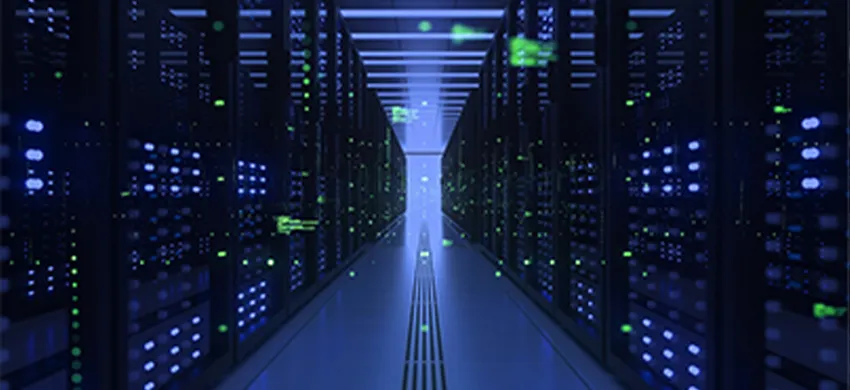In recent years, with the rapid development of data centers and increasing data transmission among manufacturers and users, the rates of optical transceivers have evolved from 25G and 40G to the current 100G, 200G, etc. Correspondingly, AOC has been developed to a new level.
Active optical cable (AOC) can be said to be a new type of transmission medium for high-density and high-bandwidth applications in the era of big data. Compared with traditional cables, active optical cables have high transmission rates, long transmission distances, low energy consumption and convenient way to use. Active optical cables benefit communication equipment with the huge advantages of optical transmission, and it is an ideal transmission cable for data centers, consumer electronics and other fields.
However, why can direct attach cables still develop in the market when AOC has such huge advantages?
1. First, let's take a look at direct attach cable
Direct attach cable (DAC) is usually a fixed-length cable assembly with fixed connectors at both ends.
The connector used at the end of direct attach cable is the same as the interface of the optical transceivers, but compared to the optical transceiver, the connector module on the direct attach cable does not have expensive optical lasers and other electronic components, thus greatly saving the cost and power consumption in short-distance applications. As a low-cost and high-efficient high-speed data communication solution that replaces optical transceivers, it can be widely used in storage area networks, data centers, and high-performance computer connections by connecting switches to routers or servers.
2. Advantages of direct attach cable (DAC) over active optical cable
(1) In terms of transmission distance, direct attach cables have shorter transmission distances than active optical cables, so they are suitable for short-distance cabling in data centers.
(2) In terms of material, the direct attach cable is made of copper core inside. The copper cable is a natural radiator with good heat dissipation effect, which is energy saving and environmentally friendly.
(3) In terms of power consumption, direct attach cables have low power consumption.
3. The current rates and types of direct attach cable DAC
(1) 100G QSFP28 DAC direct attach cable
The 100G QSFP28 cable assembly is a high-performance and cost-effective I/O solution. Direct attach cable assemblies can meet and exceed the requirements for 100 Gigabit Ethernet, InfiniBand EDR as well as temperature requirements for performance and reliability. The cable complies with SFF-8436 specifications and provide connections between devices using QSFP ports.
(2) 100GE QSFP28 to 25G SFP28 DAC direct attach cable
QSFP28 4x25SFP28 cable is high-performance and cost-effective, which can realize the interconnection between SFP28 and QSFP28. The hybrid cable complies with SFF-8402 and SFF-8665 specifications. It can be applied to realize low-power and short-reach interconnection.
Each transmits data at a rate of 25Gb/s, providing an aggregate rate of 100gb/s.
(3) 25GE SFP28 DAC direct attach passive copper cable
SFP28 passive cable assembly is a high-performance and cost-effective I/O solution for connecting 25G Ethernet.
(4) 56G QSFP+ DAC copper cable
QSFP+ copper cable is compatible with SFF-8436. It can be applied to realize low-power and short-reach interconnection. Each transmits data up to 14Gb/s, providing an aggregation rate of 40gb/s.
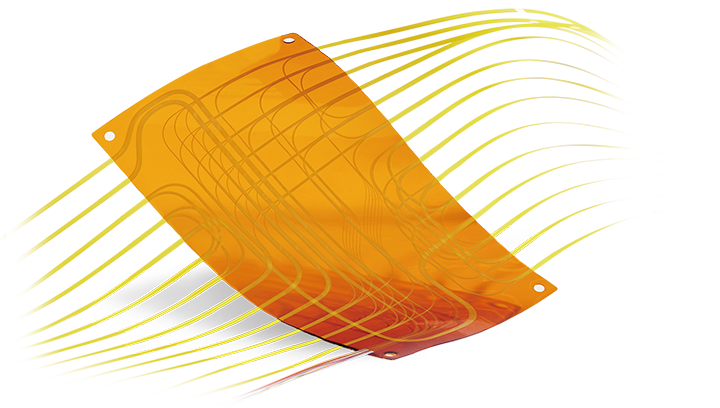 Fiber Optic Flex Circuit (FOFC)
Advanced Simulation & Optimization, High Positioning Accuracy, Flexible Customization, Rigorous Reliability Testing
Fiber Optic Flex Circuit (FOFC)
Advanced Simulation & Optimization, High Positioning Accuracy, Flexible Customization, Rigorous Reliability Testing MDC Solution
US Conec's MDC connector is a Very Small Form Factor (VSFF) duplex optical connector, expertly designed for terminating single-mode and multimode fiber cables with diameters up to 2.0mm.
MDC Solution
US Conec's MDC connector is a Very Small Form Factor (VSFF) duplex optical connector, expertly designed for terminating single-mode and multimode fiber cables with diameters up to 2.0mm.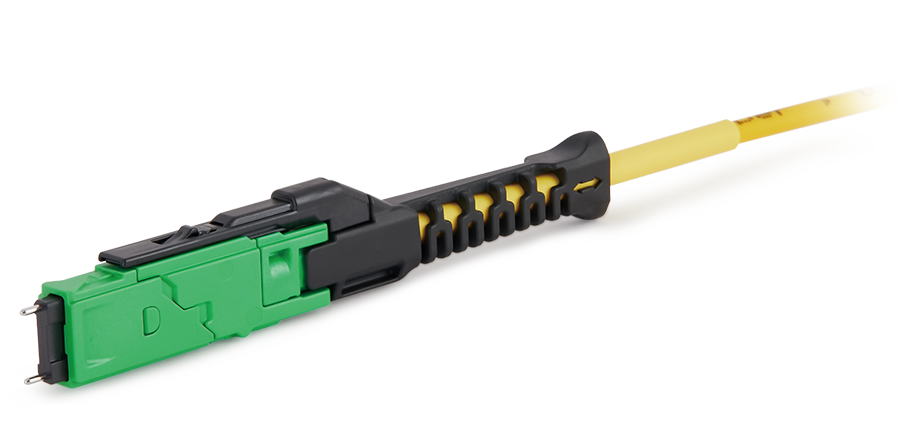 MMC Solution
US Conec's Very Small Form Factor (VSFF) multi-fiber optical connector that redefines high-density connectivity with its cutting-edge TMT ferrule technology and intuitive Direct-Conec™ push-pull boot design.
MMC Solution
US Conec's Very Small Form Factor (VSFF) multi-fiber optical connector that redefines high-density connectivity with its cutting-edge TMT ferrule technology and intuitive Direct-Conec™ push-pull boot design. EN
EN
 jp
jp  fr
fr  es
es  it
it  ru
ru  pt
pt  ar
ar  el
el  nl
nl 

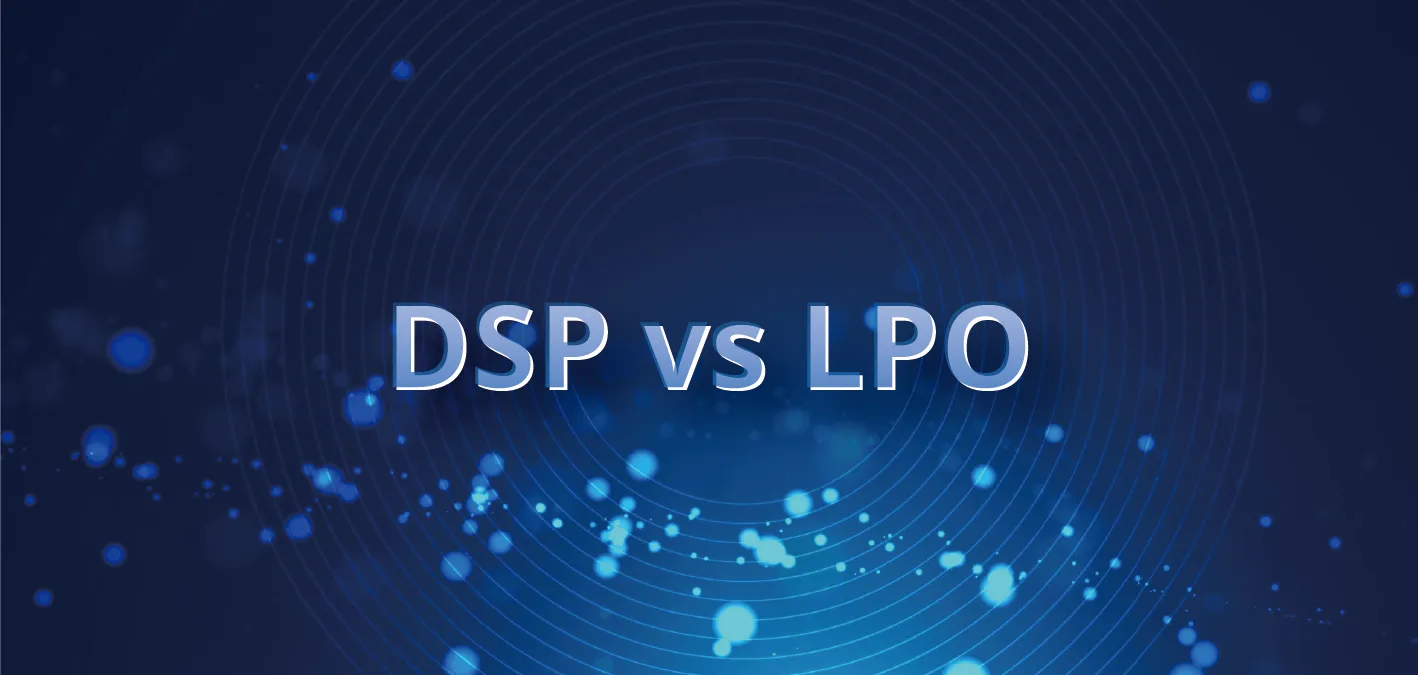
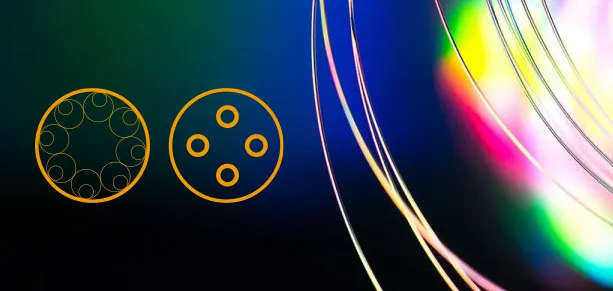
_and_High-Reflection_(HR)_Optical_Coatings.webp)
